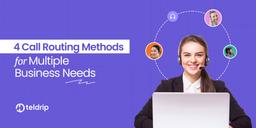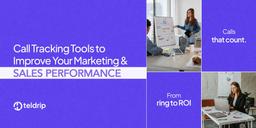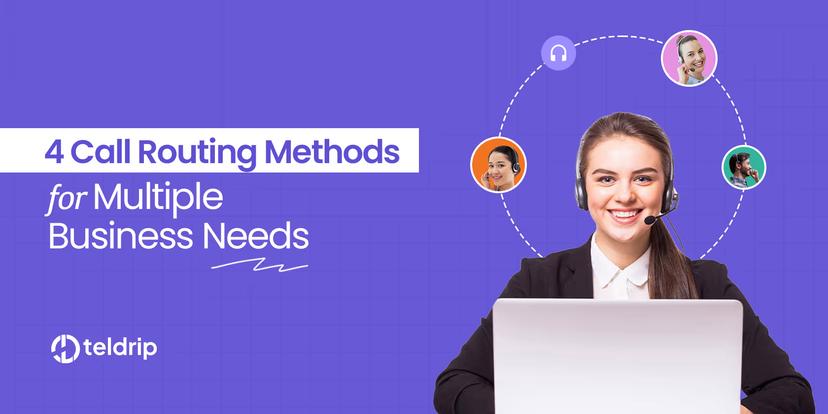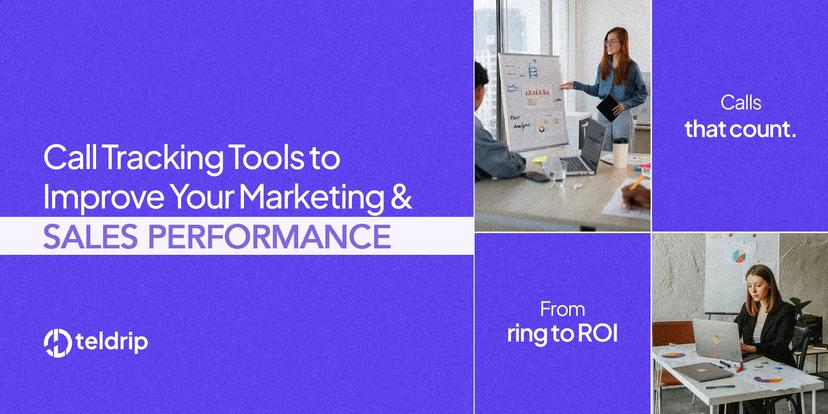What is a Product Life Cycle? Explained

A PLC or product life cycle is a series of stages. It shows several stages through which a commodity passes, from its launch in a marketplace to its outdatedness. In this regard, there are 5 primary phases, in accordance with Philip Kotler, an American Economist. They focus on the ideation and launch of products. Going further, they concentrate on marketing operations. Studying these is beneficial for businesses. They can obtain multiple benefits such as the ease of building a portfolio of their offerings, formulating marketing strategies, and more. Thus, beyond functioning as a timeline, the PLC is a powerful tool for marketers.
What is Meant by a Product Life Cycle?
A product life cycle (PLC) means the duration of time for which a commodity is available to buyers. The duration begins when this commodity is introduced in a market. It ends after the removal of the same from the market shelves. Note that products can indicate both services and goods.
-
PLC shows different stages through which goods pass in a marketplace, post their entry.
-
These are the stages that the commodities are likely to go through.
-
This notion is also similar to a tool via which marketers can determine product strategies.
What are the 5 Stages of a Product life cycle?
There are 5 stages of a product life cycle, ranging from a commodity’s development to its decline. According to the “Father of Marketing”, i.e. Philip Kotler, each stage helps understand a commodity’s journey in the market. It is important to understand every phase for marketers to make sound decisions in relation to goods or services.
Product Development
In PLC, the development of goods is the initial stage. Briefly put, it is inclusive of conceptualization and design. In other words, this phase involves the idea of creating a commodity or ensuring a service. Through in-detail planning, marketers can define other processes. These processes can comprise product designing and the outlining of specifications.
Introduction of Services or Goods
After designing and developing, the next stage of the product life cycle is the introduction of a commodity or service. It is launched in a marketplace, thereby marking the beginning of the item’s journey. Take into account that the market can differ on the basis of the industry, i.e. IT, energy, education, oil and gas, etc.
Growth of Products
The third stage of PLC is product growth. It hints at a rise in a commodity’s acceptance in a business landscape. Further, it reflects the increase in an item’s sale. It is also during this period that it receives popularity and momentum. Marketing professionals can gain customer feedback and refine the item as needed for its expanding presence.
Product Maturity
In a product life cycle, the stage of maturity arises to emphasize an item’s stability in a market. It indicates that the sales of the item are now consistent. This is due to its broader acceptance in the landscape. Hence, the commodity becomes competitive, especially owing to incremental improvements
Note: An incremental improvement is a small change that is gradually made.
Decline in Goods’ Demand & Sales
When goods undergo a decrease in demand/sales, the fifth stage of PLC takes place. Their demands can decline due to several factors such as pricing, consumer preferences, new technologies, economic conditions, etc. The nature of these factors can create challenges for goods/services.
-
In this phase, marketers can decide whether or not to phase out commodities.
-
Or, they may consider reviving the items to exit this stage.
Benefits of Using a Product Life Cycle (PLC)
Using a product life cycle serves the benefit of making better business decisions. Moreover, it is useful for creating a portfolio of commodities that can appeal to a brand's audience. Its other advantages can include redistributing resources for marketing, forming business strategies, etc.
Building a Product Portfolio
Studying the life cycles of products can enable businesses to build their portfolio. They can obtain clarity regarding which items or services to offer. On the basis of an audience’s interactions with these, businesses can include or exclude items while planning the portfolio.
Enhancing Decision-Making for Business
By utilizing a product life cycle, a business can receive the necessary aid to make decisions. Understanding and assessing the series of stages helps in obtaining sales data. Further, information relating to a product’s performance across different phases becomes accessible. Through both, marketers can make effective decisions to improve relevant processes or aspects.
Reallocate Resources for Marketing
While engaging in the marketing of commodities, companies require resources. The need for these can vary as per the approach to marketing. Hence, their allocation becomes important. However, their reallocation is vital as well. For this, using the PLC is beneficial.
Keep in mind that while bringing a commodity into the market, a company can observe the changing requirements for resources. Through the use of a product life cycle, it can reallocate them to suit these changes.
-
These resources can include technologies, labor costs, digital assets, etc.
-
A business can invest in these as per changing needs during PLCs.
-
Note that the need for every source can increase or decline depending on the nature of this cycle.
Removal of Outdated Items or Services
Studying the life cycles of products can make organizations aware of services and items that are out of date. This advantage can ensure that only demand-oriented offerings circulate in the marketplace. Owing to this, an organization can make a positive economic impact, leading to overall growth.
-
Tracking product life cycles can help in limiting outdated commodities.
-
Thus, the market can comprise safe, useful, and efficient items.
-
Out-of-date items can be replaced with new and better offerings.
-
Customers can acquire such services and goods to fulfill their needs.
-
The fulfillment of their needs can derive their satisfaction too.
Gaining a Competitive Advantage
A brand can run a PLC not only for its own products but also for those belonging to competitors. For this, the sales data of the competing brands is a requisite. Post receiving it, one can derive insights into the life cycles of each. The application of these insights can endow a business with a competitive edge.
Create Marketing Strategies
Using a product life cycle can offer the benefit of easy formulation of marketing strategies. According to the cycle, brands can create their strategies to introduce and market their products. Furthermore, during different stages of an item’s journey, they can form strategies for enhancements. This can particularly help in improving its performance in the business landscape.
To Come to the Point
A product life cycle is an important timeline for marketers to study. It reflects the different stages through which a commodity passes, starting from its ideation or planning. Each phase is crucial to understand how it appeals to customers. Accordingly, its impact can be modified through timely devised strategies.
About Author

Olivia Wilson
Sr. Content ManagerOlivia Wilson is a versatile content specialist with a passion for technology and digital marketing. As a journalism graduate, Olivia brings a new perspective to Teldrip's blogs. Her understanding of complex concepts makes her an invaluable asset to the team. Whether sharing information about the latest AI advancements or providing practical tips for optimizing SaaS products, Ms. Wilson crafts highly informative and valuable content.
Recent Posts

4 Call Routing Methods for Multiple Business Needs

Unlocking Pay Per Call Tracking: Top 5 Niches to Expand Your Revenues

Call Tracking Tools to Improve Your Marketing and Sales Performance

How will Intelligent Virtual Agents Redefine the Future of Financial Services in 2026?

Teldrip - 8 Steps to Run Your First Pay-Per-Call Campaign on Facebook



Comments (0)
Post a Comment